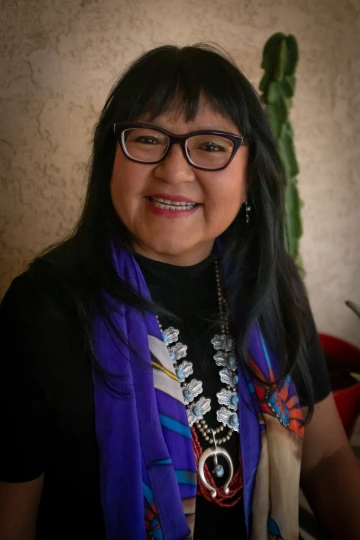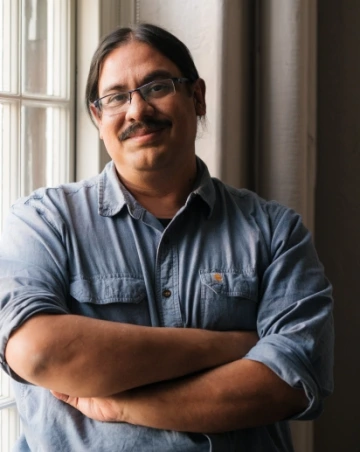
Rolando Coto
Rolando Coto is an Assistant Professor of Linguistics at Dartmouth. His work focuses on the creation of computer tools and models that can understand Indigenous languages. He does this to accelerate language documentation and to create tools that increase language vitality.
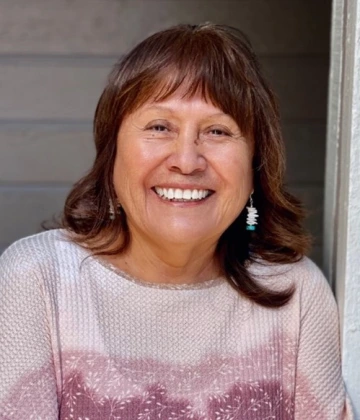
Jennie DeGroat (Diné), from Mariano Lake, NM, is Associate Teaching Professor within the Bilingual and Multicultural Education department at Northern Arizona University in Flagstaff, AZ. She is also an Indigenous Language Immersion consultant and advocate who assists Indigenous communities with language revitalization efforts across Native country. Notable work includes planning and implementing a Macav language model for the tribally owned school, Anya Itpak, the first of its kind in the U.S., located on the Pipe Aha Macav homeland in Needles, California which opened in the fall of 2019. Her work focuses on the importance of oral language immersion as the impetus for creating speakers.
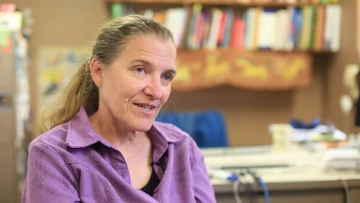
Amy is a linguist who has been working with language technology development in partnership with the Coeur d'Alene Language programs for more than 20 years. She is the convenor of the 'Advancing Indigenous Language Technologies' group (https://ailt.arizona.edu), a community of practitioners and scholars that includes experts in language work and experts in technology development in order to better support community language technology needs.
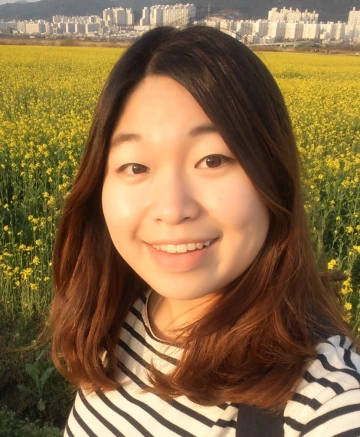
Alice is a Ph.D. student in Linguistics at the University of Arizona, specializing in Human Language Technology and Language Revitalization. She has worked for several years on the Coeur d'Alene Online Language Resource Center and is developing a morphological analyzer to support full-text search within the application.
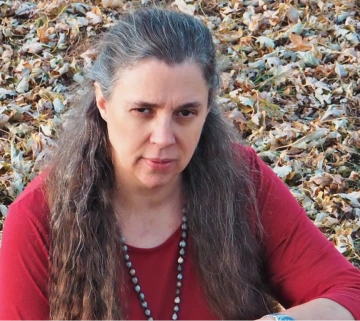
Dr. Melanie McKay Cody
Dr. Melanie McKay-Cody (Cherokee, Shawnee, Powhatan, and Montaukett) earned her doctoral degree in linguistic and socio-cultural anthropology at the University of Oklahoma. She has studied critically endangered Indigenous Sign Languages in North America since 1994 and helps different tribes preserve their tribal signs. She also specialized in Indigenous Deaf studies and interpreter training incorporating Native culture, North American Indian Sign Language, and ASL. She is also an educator and advocate for Indigenous interpreters and students in educational settings. Besides North American Indian Sign Language research, she taught ASL classes in several universities for over 40 years. She is one of eight founders of Turtle Island Hand Talk, a new group focused on Indigenous Deaf/Hard of Hearing/Deaf-Blind and Hearing people.
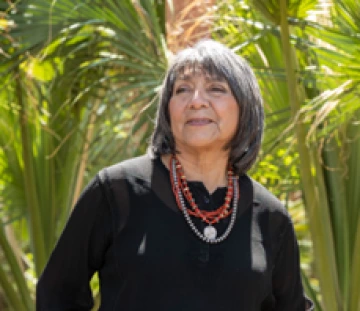
Sheilah E. Nicholas (Hopi) is Piqöswungwa (Sunforehead Clan) from Songoopavi Village on Second Mesa located in the Black Mesa region of northeastern Arizona. As a Professor in the UA/COE Department of Teaching, Learning and Sociocultural Studies, faculty Instructor for the American Indian Language Development Institute (AILDI), and Indigenous language immersion instructor-consultant for the Indigenous Language Institute (ILI), Santa Fe, NM, she teaches courses: Indigenous culture-based education, Indigenous language revitalization, and the Oral Immersion approach to Indigenous language revitalization, and provides outreach Indigenous language professional development to tribal efforts in community and school-based language programs. Her work with the Hopi Tribe’s Hopilavayi Summer Institute for Hopi language teachers (2004-2010) continues to inform her research and teaching trajectories. Presently, along with colleagues Dr. Teresa McCarty and Dr. Michael Seltzer at UCLA and Dr. Tiffany Lee at UNM, she is the UA Co-PI of a national study, “Indigenous-Language Immersion and Native American Student Achievement” to identify the conditions under which ILI is beneficial as an innovative education practice.
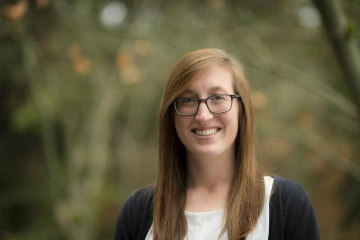
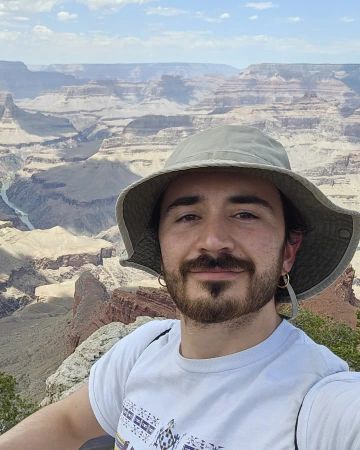
Braden is a Master's student in Linguistics at the University of Arizona, focusing on Native American Languages and Linguistics (NAMA). Since 2021 Braden has been involved with the Dakota language revitalization efforts of the Sisseton-Wahpeton Oyate on the Lake Traverse Reservation in northeast South Dakota.
